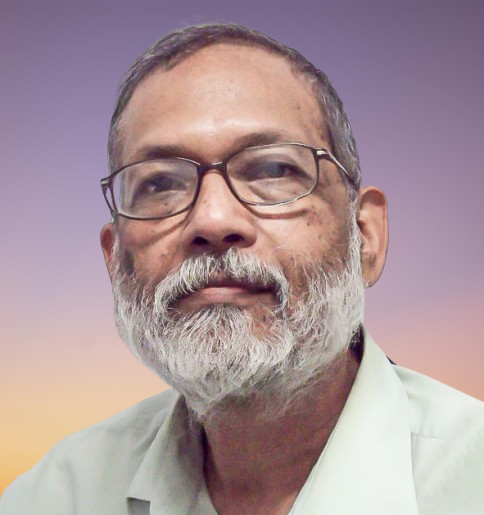Column

As the Dhaka University crisis - an interesting subplot that developed within the fold of the quota reform protests - escalated, it became obvious that the media space was an integral element of the situation. What the activists, police, Chhatra league cadres, general students or even the VC did or didn't do was being projected on and through media. In a way the role of mass media, both professional or social media had literally taken the centre stage. Public opinion was being formed at a rate not seen before through it. No political party or parties could compete with influence or clout with social media which became the virtual Opposition. Meanwhile mainstream paid media batted mostly for the establishment including the Government as was expected and media world was itself split. Social media has now become a power equation in the media world and will be treated as such. The government is already busy tracking down the digital activists.
The nature of owned media
Most mainstream media outlets are recent products. Print media is respectable but barring very few are not very influential. TV which is where the power games are being played. Two kinds of TV products define media now, a. News. 2. Talk show. While one is relatively informative, the other is relatively subjective and judgmental. Between these two, dominant public opinion formation dynamics is dependent.
Behaviour patterns are not significantly different through the year but when it comes to a crisis period, it becomes more pronounced. This time too this was evident. But how much of it was perceived and how much of it was real needs to be examined. The attitude towards mass media of the owned variety is influenced by other social attitudes and standard that dominate views towards the upper class who own such media outlets.
The key issue is that the media owning class has to make massive investment to fund a media as well as get permission to start one. Hence, connections with the ruling class at any given time is inevitable and critical. So the idea of a crusading owner is a fiction everywhere and in Bangladesh non-existent. An owner has no desire to fall in trouble with the authorities so he has no problem toeing any official line. The hand of the government, any government is long so the investor who is here in media to ensure present, past and future money making has no intention of getting too bold.
The next stop is with media workers. Although they are usually profession driven, many have over the years developed political stakes, some out of conviction, some out of convenience. There are those, who are neither but these workers are just like any other workers in a very stressed job market. So all media workers like the rest of Bangladesh just stick to the job and hope to survive.
This being the face of the industry, why people should have any expectation from mainstream media is difficult to understand.
Identity and expectation
However, expectations always exist and that is where social media in Bangladesh plays a critical role. It has become the media space which is free of all control and pressure, free to be responsible and irresponsible, free to be righteous and angry and protesting and occupy the political space which is missing in public life for many.
Social media in Bangladesh is vibrant to the extreme, or seems so because mainstream media is not a cheerleader of the public interest as per public expectation. It speaks in favour of its own largely establishmentarian causes when it comes to politics. Given the political structure of the country, where public politician alienation is high, mainstream media represents the same distance with its consumers. It thus becomes not just about politics but also the identity.
In the recent DU conflict the social media was everything that is capable of doing including manipulation and fake news. That was the negative but in terms of the positive it became the tool with which the protesters hit back right or not. It's not an accident that the DU authorities targeted social media including getting anti-terrorist units to snoop on them because the rest of the spaces were already under their control. Social media was not.
Facebook and Live streams were no longer socialization tools, they were political tools and how it was used reflected a strategy of the protestors and reality of social protest.
Thus media became the defining symbol of the establishment and the anti-establishment even if for a temporary period. It showed the great chasm in society which tends to be glossed over. But no matter what, lines have been drawn in the first test of wills. Conventional media is limited as it has reached its limits of function. But social media is constantly upgrading and evolving. Which is why future conflicts in the absence of the other spaces may be more digitally fought than we are used to seeing.

























Leave a Comment
Recent Posts
Have we freed the courts?
Years down the line, we may well look back on it as the interim govern ...
Will the proposed Dhaka Centra ...
The sun rises over the capital’s seven historic colleges, castin ...
A treasure-trove of ideas, forms, and colours
More than 156,000 expatriate Bangladeshis residing i ..
Roots in Rome, Heart in the Carpathians
The search for the missing Malaysia Airlines flight ..